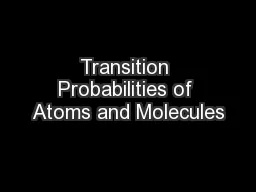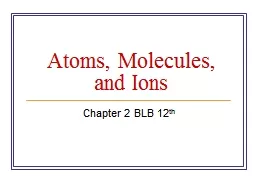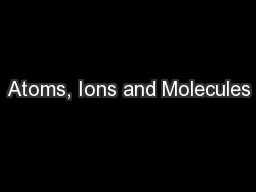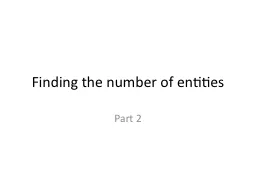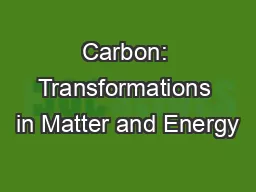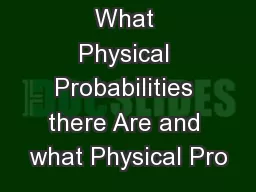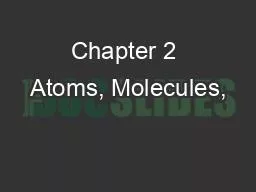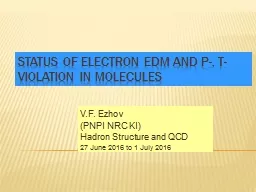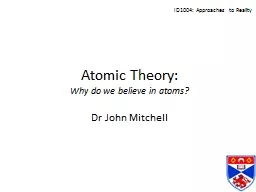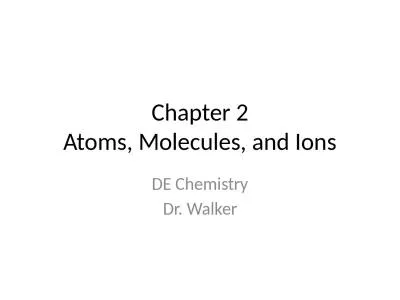PPT-Transition Probabilities of Atoms and Molecules
Author : mitsue-stanley | Published Date : 2016-07-20
Einsteins analysis Consider transitions between two molecular states with energies E 1 and E 2 where E 1 lt E 2 E ph is an energy of either emission or absorption
Presentation Embed Code
Download Presentation
Download Presentation The PPT/PDF document "Transition Probabilities of Atoms and Mo..." is the property of its rightful owner. Permission is granted to download and print the materials on this website for personal, non-commercial use only, and to display it on your personal computer provided you do not modify the materials and that you retain all copyright notices contained in the materials. By downloading content from our website, you accept the terms of this agreement.
Transition Probabilities of Atoms and Molecules: Transcript
Download Rules Of Document
"Transition Probabilities of Atoms and Molecules"The content belongs to its owner. You may download and print it for personal use, without modification, and keep all copyright notices. By downloading, you agree to these terms.
Related Documents

